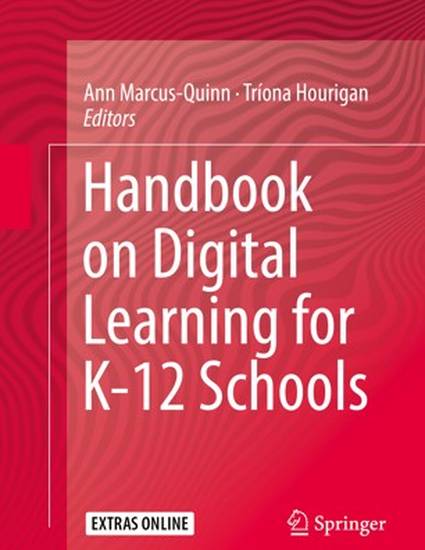
Contribution to Book
Pedagogy, Practice, and the Allure of Open Online Courses : Implications for Schools and Their Students
Handbook on Digital Learning for K-12 Schools
(2017)
Abstract
The society in which we live has been transformed by technology and the subsequent provision of opportunities for education, connectedness, and communication. Advances in Internet technology see the online milieu playing a ubiquitous and influential role in the education of individuals and communities, as possibilities for learning continue to be reimagined. As access to education continues to expand in the online realm, this chapter provides an overview of current and emergent applications of online learning, with a focus on the implications of these developments for the school sector. The focus of this chapter falls upon the expansion of massive open online courses (MOOCs), with attention afforded to their manifestations in the education system. In this context, we consider both the merits and potential detriments of MOOCs within school settings, and consider if online learning is suitable as a teaching and learning mechanism for an increasingly heterogeneous cohort of high school students. As some nations signal movement towards acceptance of online courses in schools, this chapter also raises a number of implications for the policies and practices of schools, and the quality of learning students receive. [Author abstract]
Keywords
- Online learning,
- Web based courses,
- Massive open online courses,
- Online education,
- Online teaching,
- Online learners,
- Secondary education
Disciplines
Publication Date
2017
Editor
Ann Marcus-Quinn, Triona Hourigan
Publisher
Springer International Publishing
ISBN
9783319338088
DOI
http://doi.org/10.1007/978-3-319-33808-8_27
Citation Information
Dabrowski, A., & Lodge, J. M. (2017). Pedagogy, practice, and the allure of open online courses: Implications for schools and their students. In A. Marcus-Quinn & T. Hourigan (Eds.). Handbook on Digital Learning for K-12 Schools, pp. 443 - 454. https://doi.org/10.1007/978-3-319-33808-8_27
